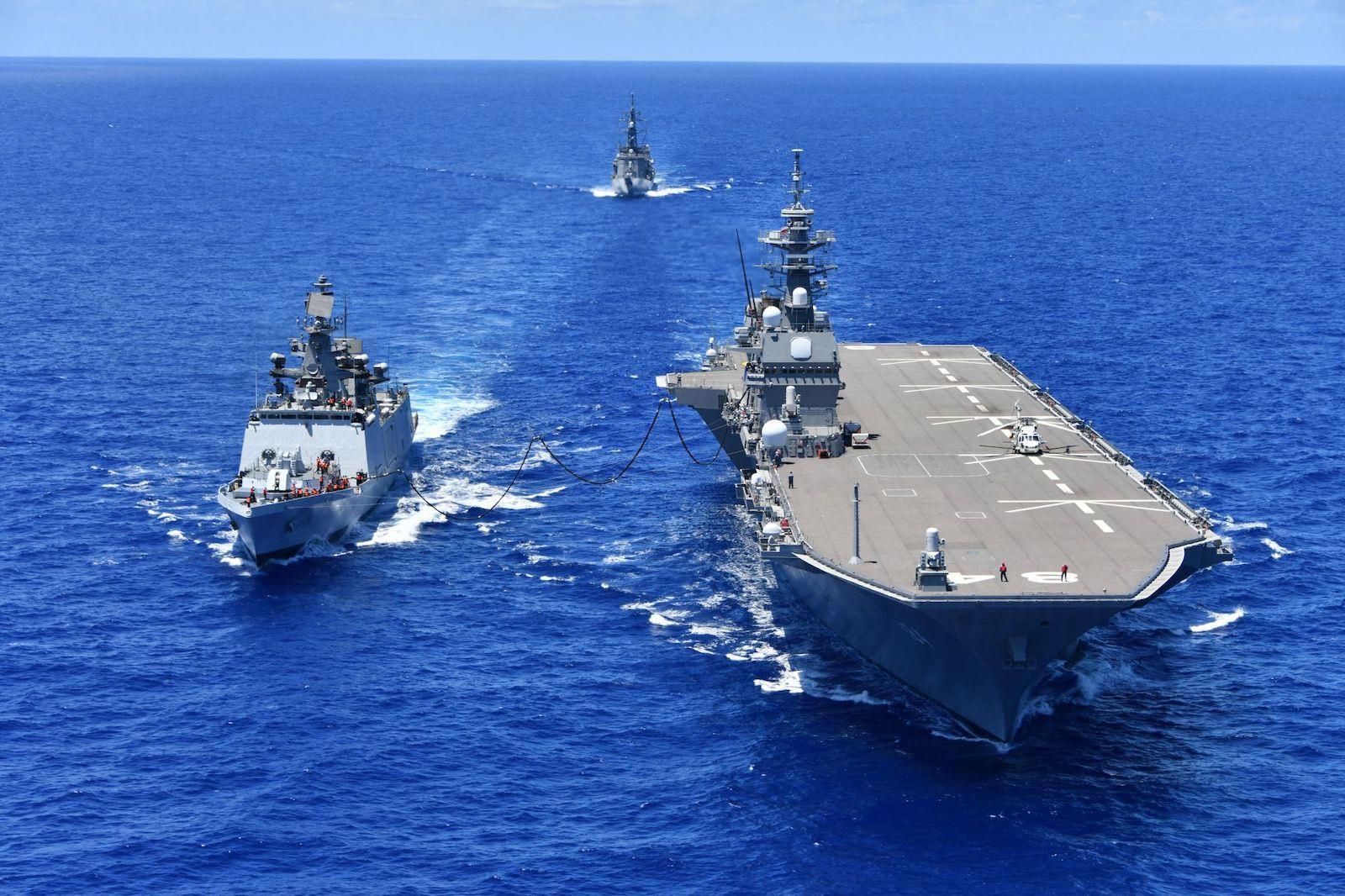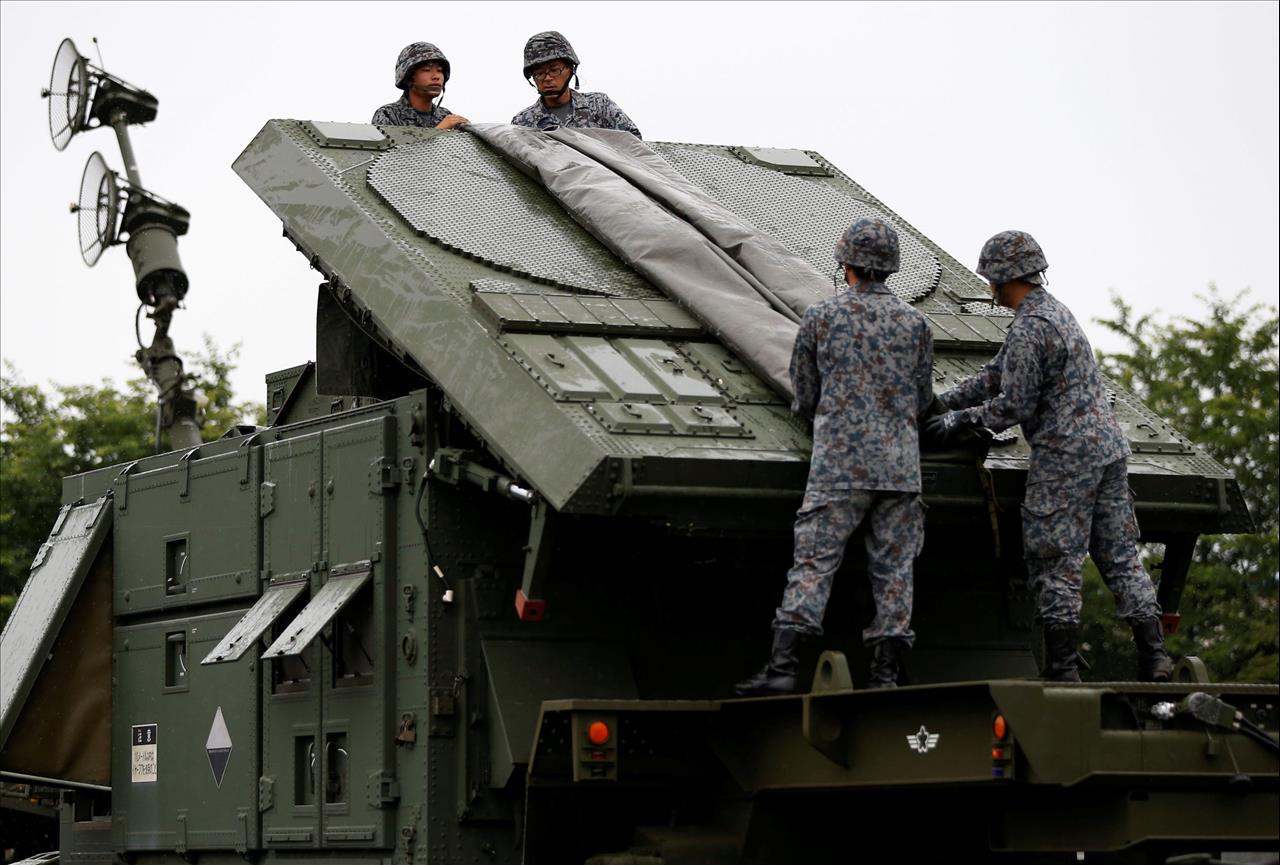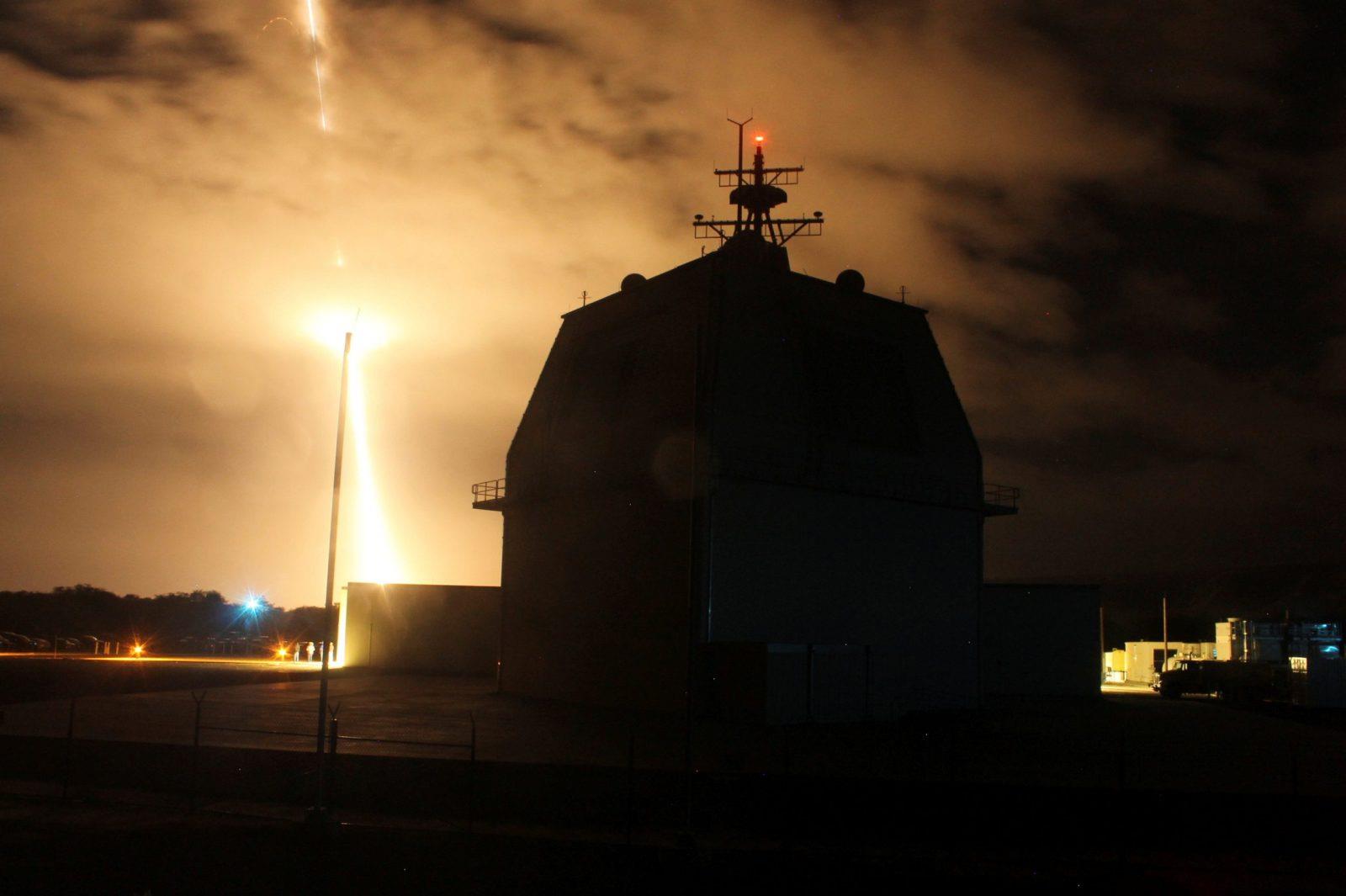(MENAFN- Asia Times)
When Fumio Kishida rolls into Madrid today as the first Japanese prime minister to attend a NATO summit, he will be hefting more military muscle than is customary for leaders of his avowedly“pacifist” nation.
As Washington seeks to unite the Global North against Russian aggression and Chinese expansionism, Eastern leaders are being invited to the summit of the West's premier security alliance for the first time.
Kishida will be joined at the summit by Yoon Suk-yeol, president of neighboring South Korea. But South Korea's military is tied down against North Korea and currently lacks expeditionary assets and doctrine.
Japan, on the other hand, is spreading its military wings. And Kishida, as leader of the world's third-largest economy and a close American ally, looks like the obvious point man for the effort in East Asia.
Even so, millennial Japan is no nation of samurai.
Its military's leeway to engage in kinetic operations beyond defending Japan is trammeled by its peace constitution. And its servicemen's last significant combat experience was during the Korean War, when low-profile Japanese crews engaged in US marine-landing and mine-sweeping operations.
However, under hawkish ex-prime minister Shinzo Abe, the critical Article 9 of the constitution was“re-interpreted” in 2014 – a move that generated minimal political pushback or public outrage. Though constitutional questions remain, that move granted Japanese forces some gray areas where they could, feasibly, engage.
And Tokyo followed up on the procurement front, quietly up-arming with over-the-horizon assets – notably in the naval sphere.
Abe stepped down in 2020, and Kishida hails from a more moderate faction of the Liberal Democratic Party than Abe. But he is not reeling in Japan's efforts to create a military able and willing to operate far beyond Japan's littoral.
He is also overseeing military-diplomatic-economic efforts to compete against a resurgent China in the region.
All these moves are, it is safe to say, strongly in sync with Washington's interests.
However, while Tokyo's relations with Washington appear rock solid on the surface, there are indications that some in Japan seek a more independent, less-American-centric military.
Tokyo's carriers and marines step forth Though his pre-premiership experience was in foreign affairs rather than defense, Kishida is no stranger to high-level military summits.
On June 10, he delivered the keynote address at Asia's leading security forum. At Singapore's Shangri-La Dialogue, he spoke ahead of such heavy hitters as US Secretary of Defense Lloyd Austin and Chinese Defense Minister General Wei Fenghe.
It is not just talk. His Cabinet has initiated moves to massively upgrade defense spending by 100% by 2027. That would bring Japan's defense budget up to 2% of gross domestic product (GDP), in line with NATO's standard.
It is not as if Tokyo is lagging. Japan's defense investment over the past five years“has been aimed at improving the stand-off capabilities of the Japanese Self Defense Force, in addition to maintaining a drumbeat of ship, submarine and vehicle production,” the International Institute of Strategic Studies think tank wrote this month.

The Japan Maritime Self-Defense Force conducts Malabar 21 – an inter-nation exercise with the Indian Navy, US Navy and Royal Australian Navy – to improve tactical skills and further strengthen the Quad navies. Photo: AFP / EyePress News
He is also projecting power. On June 13, Kishida dispatched the closest thing Tokyo currently possesses to a Carrier Strike Group on an ambitious, four-month deployment ranging from the South Pacific to the Indian Ocean.
The“helicopter destroyer” Izumo – in fact, a light carrier that has been converted to carry F-35 stealth fighters – set sail accompanied by two destroyers, a submarine and patrol aircraft. It will make 12 port calls and take part in exercises with multiple navies including Australian, South Korean and US units.
Beyond brandishing naval knuckle, the cruise looks set to expand diplomatic influence via flight-deck cocktail parties. The locations to be visited are all significant squares on the strategic chessboard – either allies or locations that are in play in the Indo-Pacific Great Game.
Not only will the flotilla visit Australia, India, New Caledonia, Papua New Guinea, the Philippines, US, Vanuatu and Vietnam, it will make the MSDF's first-ever port calls in the Solomon Islands, Tonga and Fiji.
It follows a development that appeared to startle both Canberra – used to treating the islands of the South Pacific as its backyard – and Tokyo – which has long held strategic interests in the South Pacific. Chinese Foreign Minister Wang Yi toured the South Pacific in May-June and signed a security deal with the Solomons .
Japan's leading news agency, Kyodo, minced no words when it headlined its story on the Izumo Group's deployment, “Japan deploys self-defense fleet to Indo-Pacific with eye on China.”
Carriers are one expeditionary capability. Marines are another – though Tokyo's marines, who were stood up in 2018, are being painted as defenders of Japanese administered/Chinese claimed Senkaku/Diaoyu islands.
Japan's nascent marine capabilities have been in the spotlight this month.
On June 17, General Steven Rudder, commander of the US Pacific Marine Corps, met Japanese Defense Minister Nobuo Kishi in Tokyo to reassure him of the US's commitment to Japan's defense. Kishi noted that US Marines are assisting Japanese troops with amphibious capabilities to defend the islands.
On the same day, general-level military officers from 16 nations viewed joint Japan-US marine drills.
That took place as Japan, for the first time, co-hosted the Pacific Amphibious Leaders Symposium (PALS). In another sign of East-West defense bonds, that body includes not just Pacific nations Australia, the Philippines and South Korea but also France and the UK.
It is not just troops: Tokyo is also spreading influence monetarily.
In his address at Shangra-La, Kishida said that Tokyo would be deploying US$2 billion to Indo-Pacific nations over the next three years. This aid would include“the provision of maritime security equipment including patrol vessels and development of maritime transportation infrastructure.”
While any littoral patrol vessels would be vastly overmatched by China's fast-expanding blue ocean battle fleet, as well as the reefs and islets Beijing has weaponized in the South China Sea, they would have utility against Chinese fishing fleets.
A“grey zone” competition is underway by many regional Coast Guards against Chinese fishing fleets, which many believe constitute a maritime militia threat in the region.
Some detail of that aid is already clear.
On March 30, the Japan International Cooperation Agency inked a deal with the Indian government to grant US31 million in development aid for the strategic Andaman and Nicobar Islands. While the aid is in the power generation rather than military field, it is widely seen as having security overtones.
Experts told Kyodo News that the aid would upgrade facilities that would ease naval use of the islands. A fuller accounting is expected when Kishida publishes his“Free and Open Indo-Pacific Plan for Peace,” which he said in Singapore would appear by Spring 2023.
What is driving Japan to rearm?
There is little doubt that US-allied Japan is strategically aligned against China. That competition is visible in the low-key tensions hovering over the Senkaku/Diaoyus, and in the constant buzzing and counter-buzzing in regional airspace.
But Japan is also nervous of nuclear-armed North Korea, and Kishida has hinted during visits to both London and Singapore his worry that Russia's invasion of Ukraine could provide a benchmark for“autocratic powers” in the region.“Ukraine may be East Asia tomorrow,” he said.
It is far from clear what Japan would do – if anything – in the event of a Chinese invasion of Taiwan. However, there is widespread amity and sympathy within Japan's body politic toward Taiwan – perhaps the only one of Imperial Japan's colonies that holds positive memories of the imperial experience.

Japan Self-Defense Forces (JSDF) soldiers position the PAC-3 missile unit. Photo: Agencies
Think tank IISS cites poll findings that 64% of Japanese voters support strengthening the country's defenses. Beyond the above, it is not entirely clear what forces are driving Kishida's prioritization of security matters.
China, after all, remains Japan's largest trade partner, and – until Covid-19 struck – its main dispatcher of tourists. And well before the Sino-Japanese Wars of the 19th and 20th centuries, the“Middle Kingdom” was the source of much of Japan's culture, from religion to script, from medicine to cuisine.
Political continuity is one force. The conversion of the Izumo and its sister ship to F35-capable carriers was an Abe initiative. So, too, was the creation of Japan's post-1945 marine brigade.
And though Abe, widely seen as a nationalist and a defense hawk, is out of office, there is little doubt that he still possesses behind-the-scenes punch inside the ruling LDP.
Moreover, Kishida's Defense Minister Nobuo Kishi is a brother of Abe – albeit, he was adopted by an uncle. Both families' political dynasties were closely connected with Tokyo's Pacific War efforts.
Muddying the waters, while Japanese officials love to talk up their alliance with the US, not all are entirely on page with America.
Nippon Kagi (“Japan Conference”) is a nationwide, right-wing organization that counts among its membership high-profile Japanese politicians. The lobby group has a nationalist, rather than internationalist bent. Among its issues are Japanese victimhood in the Pacific War and the need for Japan to have defense autonomy.
On the former point, Japanese leaders have frequently irked Washington by making revisionist claims about the Pacific War – claims that push Seoul away from Tokyo, regardless of US wishes for a combined front.
On the latter point, Tokyo shocked Washington in 2020 when it decided against deploying the US-made Aegis Ashore missile-defense system. Nothing has yet filled that strategic hole, but both“pre-emptive” and“counter-strike” capabilities – almost certainly, missile-based – have been publicly mentioned.

The Missile Defense Agency conducts the first intercept flight test of a land-based Aegis Ballistic Missile Defense weapon system from the Aegis Ashore Missile Defense Test Complex in Kauai, Hawaii. Photo: US Missile Defense Agency / Handout / Leah Garton
And although Tokyo has a mutual defense agreement with Washington and hosts some 55,000 US troops, it is also widening its defense partnerships. This year, Kishida has signed a“Reciprocal Access Agreement” with Canberra and initiated one with London.
The RAAs expedite personnel and equipment interchanges, and joint drills, but have nothing like the heft of Tokyo's mutual defense treaty with Washington. But Tokyo may be leaning toward other allies in order to win some independence from US defense suppliers.
For instance, there is speculation within defense media that Tokyo's Mitsubishi Heavy will partner with London's BAE Systems on Japan's F-X next-generation fighter aircraft. That would effectively push Washington's Lockheed Martin out of the picture.
Though that is far from a done deal, the UK's Rolls Royce is already working with Japanese partners on next-generation jet engines, sensors and guided weapons.
Follow this writer on Twitter @ASalmonSeoul
MENAFN29062022000159011032ID1104450881